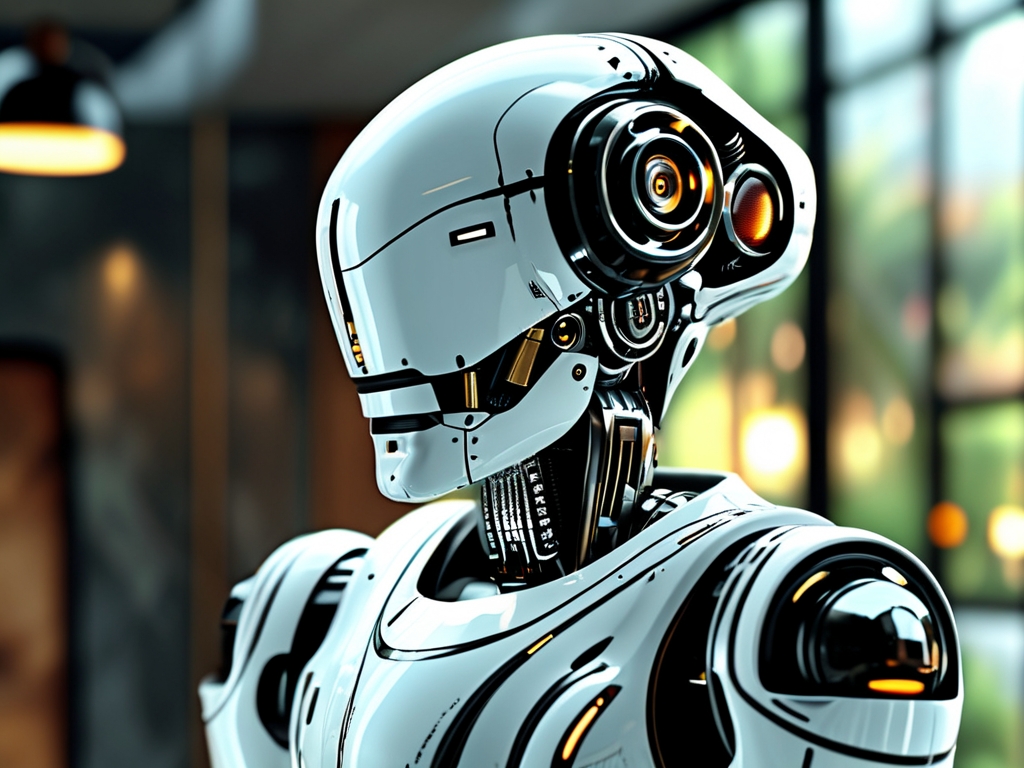The integration of robotics into healthcare has revolutionized how medical services are delivered, offering precision, efficiency, and scalability. Robotic care technology encompasses a wide range of innovations designed to assist patients, caregivers, and medical professionals. This article explores key categories of robotic care technologies, their applications, and their impact on modern healthcare systems.

1. Surgical Robots
Surgical robots, such as the da Vinci Surgical System, represent a pinnacle of precision in minimally invasive procedures. These systems allow surgeons to operate with enhanced dexterity through tiny incisions, reducing patient trauma and recovery time. Equipped with 3D visualization and tremor-filtering tools, robotic surgery minimizes human error and improves outcomes in complex operations like cardiac or cancer surgeries. Emerging advancements include AI-driven robots capable of analyzing real-time data to suggest optimal surgical paths.
2. Rehabilitation Robots
Rehabilitation robots aid patients recovering from strokes, spinal injuries, or mobility impairments. Exoskeletons like Ekso Bionics and HAL (Hybrid Assistive Limb) enable paralyzed individuals to stand and walk, promoting muscle activation and neural recovery. Soft robotic gloves, such as those developed by Harvard researchers, assist patients in regaining hand motor skills. These devices use sensors to adapt to users’ movements, providing personalized therapy while reducing the physical strain on human therapists.
3. Elderly and Disability Care Robots
With aging populations globally, robots like PARO (a therapeutic seal robot) and Pepper are addressing loneliness and cognitive decline in seniors. PARO, used in dementia care, responds to touch and sound, reducing anxiety and improving emotional well-being. Meanwhile, assistive robots like Toyota’s Human Support Robot (HSR) help individuals with disabilities perform daily tasks, such as fetching objects or opening doors. These systems integrate voice recognition and computer vision to interact naturally with users.
4. Hospital Logistics Robots
Autonomous mobile robots (AMRs) streamline hospital operations by transporting supplies, medications, and lab samples. TUG robots by Aethon, for instance, navigate crowded corridors using LiDAR and AI mapping, reducing human workload and infection risks. Similarly, disinfection robots like Xenex’s UV-light systems eliminate pathogens in patient rooms, enhancing hygiene standards.
5. Telepresence and Remote Monitoring Robots
Telemedicine robots, such as InTouch Health’s RP-VITA, enable remote consultations by allowing doctors to “visit” patients via a mobile screen. Equipped with stethoscopes and cameras, these robots facilitate diagnostics in rural or underserved areas. Wearable robotic sensors, like BioIntelliSense’s patches, continuously monitor vital signs and alert caregivers to abnormalities, enabling proactive care for chronic conditions.
6. AI-Powered Diagnostic Robots
AI-driven platforms like IBM Watson Health analyze vast datasets to assist in disease diagnosis and treatment planning. Coupled with robotics, these systems can perform tasks such as automated blood analysis or tumor detection in radiology. For example, the IDx-DR system autonomously screens diabetic patients for retinopathy using retinal scans, improving early detection rates.
Challenges and Ethical Considerations
Despite their potential, robotic care technologies face challenges. High costs limit accessibility, particularly in low-income regions. Concerns about job displacement for healthcare workers and data privacy in AI systems also persist. Ethically, ensuring equitable access and maintaining human empathy in caregiving remain critical debates.
The Future of Robotic Care
Future trends include swarm robotics for coordinated tasks, nanobots for targeted drug delivery, and emotionally intelligent robots capable of deeper social interactions. Collaboration between engineers, clinicians, and policymakers will be essential to address technical, regulatory, and societal hurdles.
In , robotic care technology is reshaping healthcare by enhancing precision, expanding access, and alleviating workforce shortages. While challenges remain, its continued evolution promises a future where technology and humanity coexist to deliver compassionate, efficient care.

